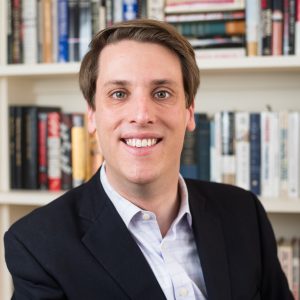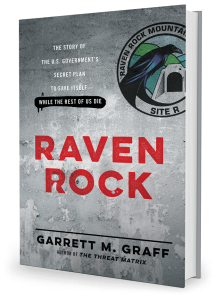Below is the text of my monthly “Editor’s Letter” in the new issue of Washingtonian.
—-
This issue didn’t start out to be all about new technologies and scientific breakthroughs—it’s just that the stories kept multiplying. It all began two years ago, when senior writer Luke Mullins told me he’d found someone in Rockville who was trying to cure malaria.
As a history lover, I know how much that persistent and deadly mosquito-borne parasite has altered the destinies of people and nations. During the Civil War, it destroyed as many Union troops as enemy bullets did. In the 1880s, malaria sank the first French attempt to build what became the Panama Canal. In World War II and Vietnam, it again decimated US military units. In fact, Theodor Geisel—later known as Dr. Seuss—illustrated educational campaigns for US troops about how to avoid malaria during the Second World War. The Centers for Disease Control and Prevention began with the goal of controlling a single disease: malaria.
Oh—and add in this trivia: In the entire history of medicine, no one has created an effective vaccine that fights a parasite. All publicly available vaccines are aimed at viruses.
To say that Dr. Stephen Hoffman was paddling upstream is an understatement.
Because I knew malaria’s history, I figured Hoffman’s plan wouldn’t work. But Luke really wanted to follow him and his quest to conquer this seemingly incurable disease, so he began reporting the article we’re publishing this month—an inside look at the battle against what might be the human race’s most deadly enemy (page 58).
I’ll bet the tens of thousands of people who drive by Hoffman’s lab in Rockville each day have no idea of the lives he’s trying to save (nor, probably, do they know they’re so close to hundreds of thousands of malaria-infected mosquitoes, but that’s another matter). Hoffman’s sacrifices—from surviving a plane crash in Africa to letting 3,000 mosquitoes prey on his arm—rival any great adventure story or “mad scientist” novel I’ve read.
The thing is Hoffman is hardly alone in Washington in his dedication to pushing the limits of scientific and medical knowledge. Bethesda’s National Institutes of Health is the largest source of funding for medical research in the world. Thousands more scientists are employed in local hospitals and universities and in the area’s huge biotech industry.
Our Top Hospitals cover package features a wide array of surprising breakthroughs and cutting-edge work right in our back yard. For example, in June a team at the Inova Heart and Vascular Institute in Fairfax performed the area’s first total-artificial-heart transplant. And there’s a new three-dimensional printer at Children’s National Health System that churns out lifelike replicas of infants’ hearts for surgeons to practice on.
Of course, not all of this is purely altruistic: There’s also big money to be made—on page 96, Harry Jaffe delves into the battle between two of the region’s largest hospital networks, MedStar Health and Johns Hopkins, over an emerging cancer technology called proton therapy. The heavy-duty radiation treatment is 20 to 30 times more expensive than existing ones—and seemingly more effective—possibly representing as much as 80 percent of Sibley Hospital’s total annual profit within six years.
Outside the medical area, another article features technology that’s changing how we live: Michael Gaynor, our research editor, joined a team setting out to map the Mall for Google Street View—that seemingly ubiquitous tool that helps us visit places we’ve never been—using the new Google Trekker device, designed to photograph places cars can’t go (page 70).
I hope you’ll finish reading these stories and be just as awed as I was by the breakthroughs our neighbors are making all around us. With any luck, a year from now this issue of the magazine will be completely out of date.



Recent Comments